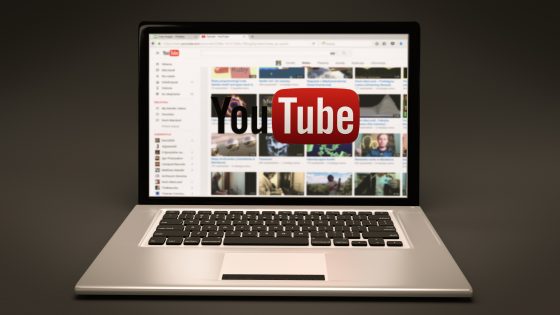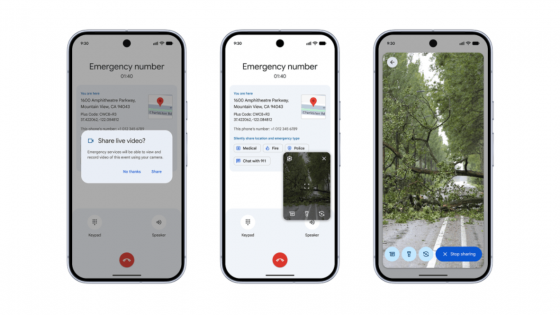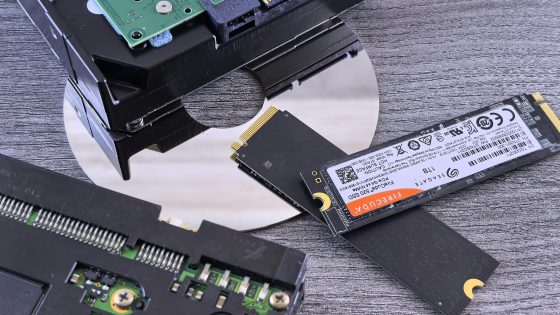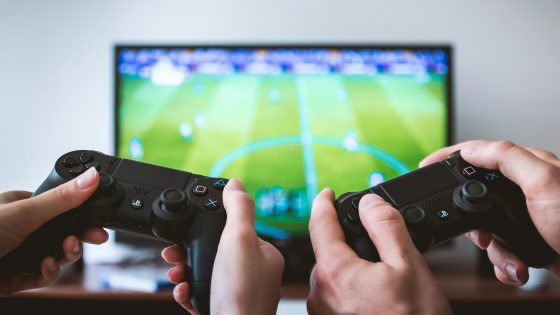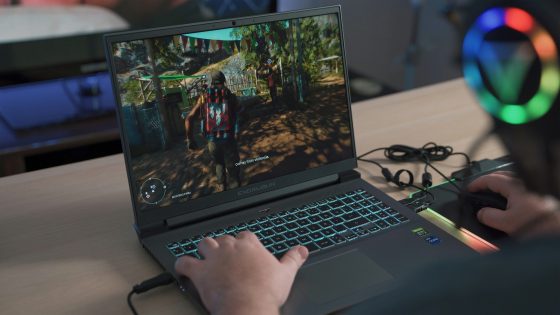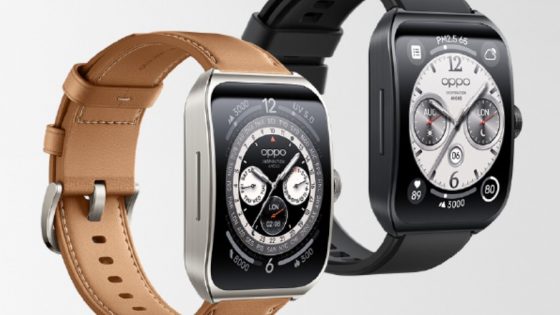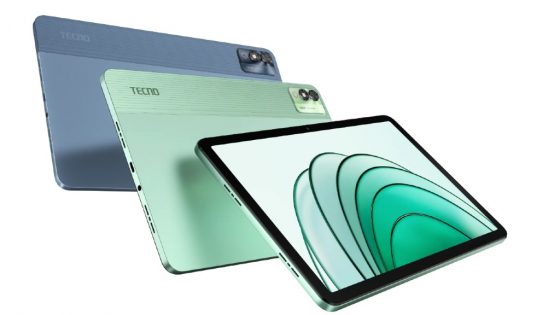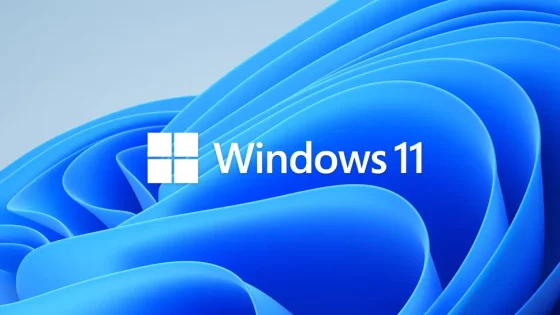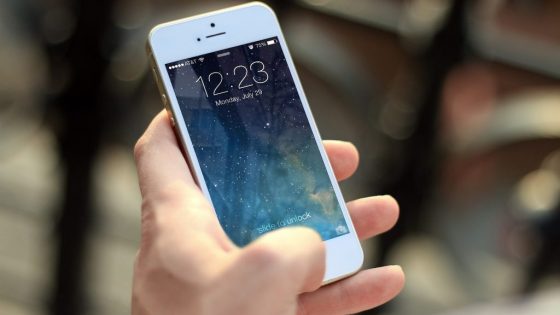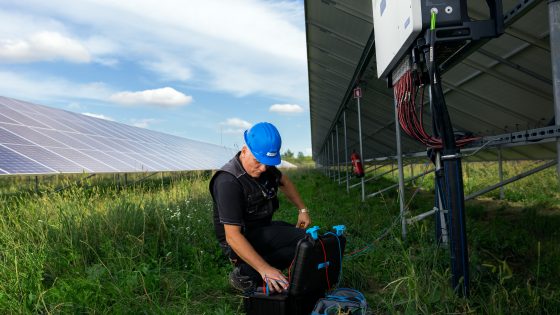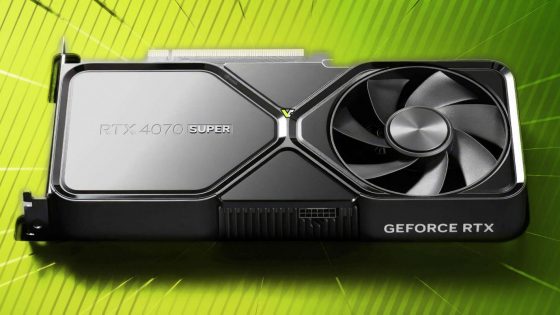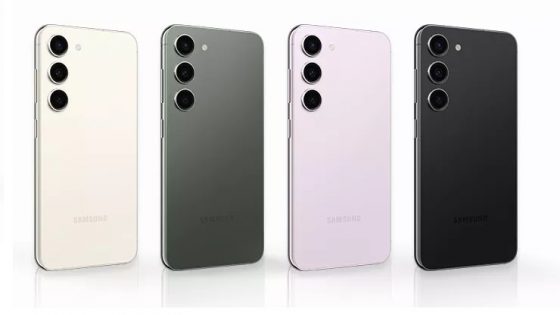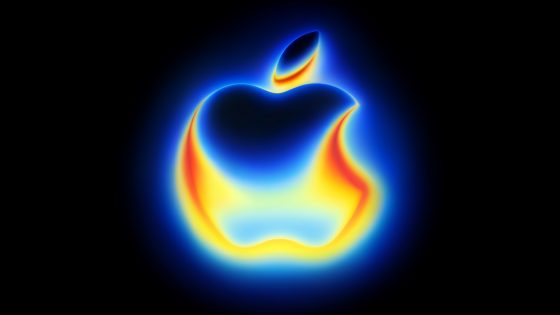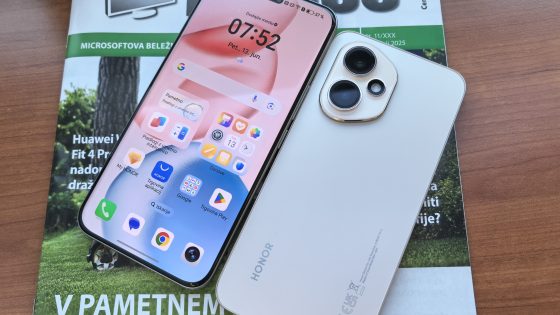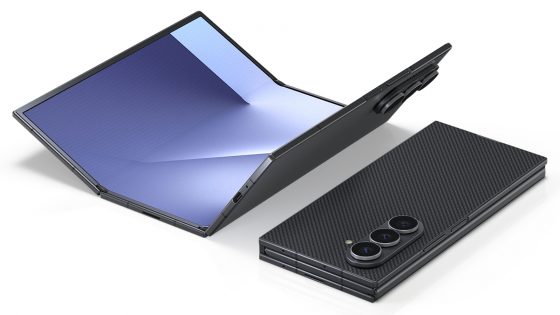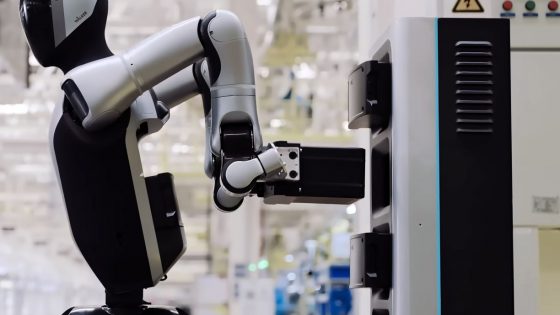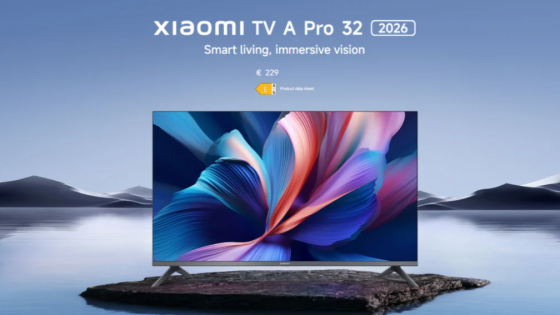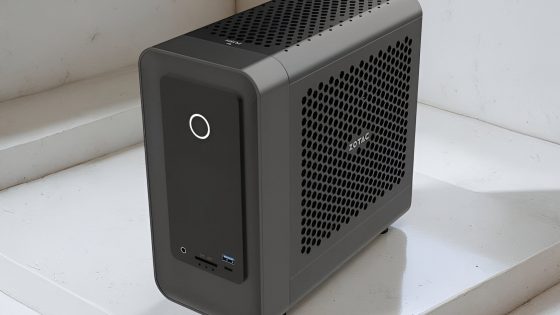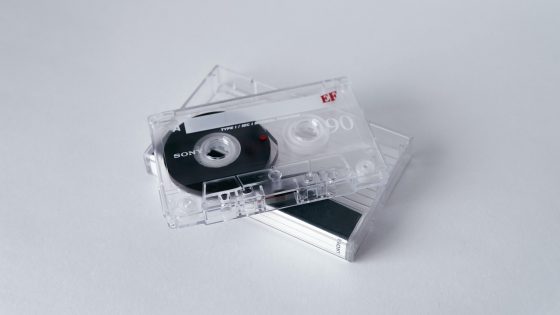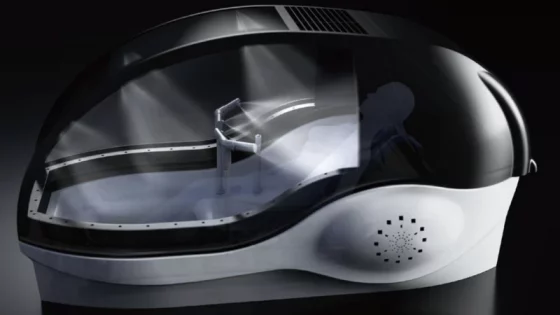What is NFC and how does it work?
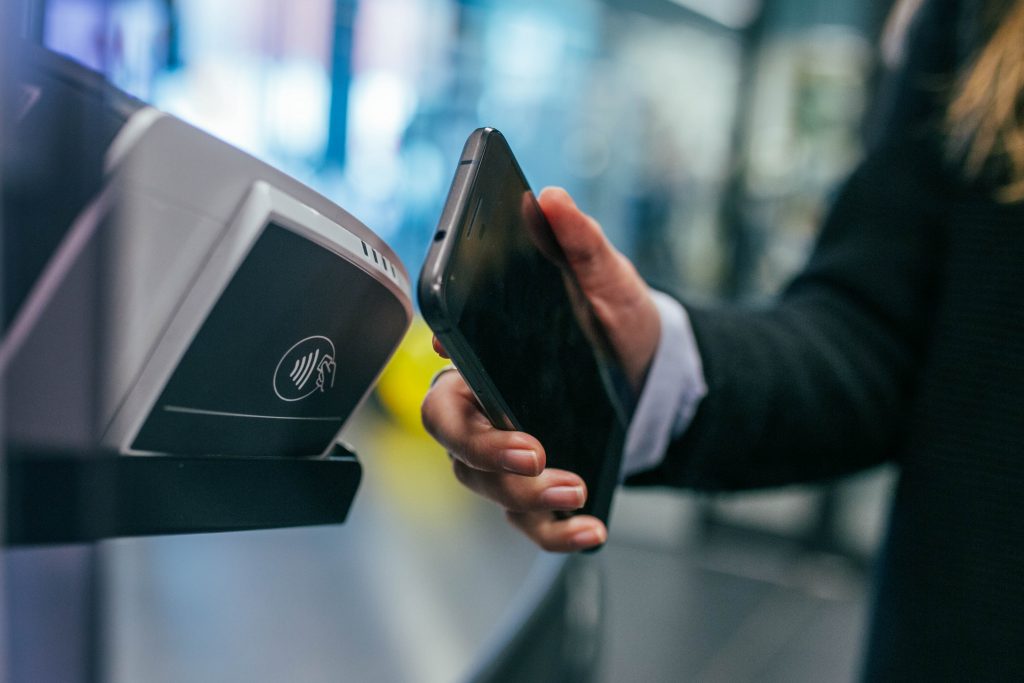
You've probably seen a passer-by doing a transaction, either in a store or on a bus or in a restaurant, using their phone or maybe even a smart watch. If you were not clear how this is possible or how he did it, then this is the article for you. Those of you who know what we're talking about might be interested in the details of how the said contactless technology works.
The introduction has already revealed that it is a technology of close communication. It is better known as the NFC function found on many smartphones - even on more budget-oriented devices. It is also found in tablets, speakers and game consoles such as the Nintendo Switch. Quite a few correlations can be made with other wireless technologies such as Wi-Fi, Bluetooth, and ultra-wideband (UWB).
In the following, you will find out how NFC differs from the mentioned technologies and how this miraculous function actually works, which has simplified some monotonous tasks for us in recent years.
What is NFC?
Let's start with the basics. Near Field Communication (NFC) is an extremely short-range wireless technology that uses magnetic field induction to enable communication between devices when they are touched or brought within a few centimeters. Communication includes, for example, credit card authentication, enabling physical access (to a building, a safe...), transferring small files, quickly launching more powerful wireless connections, and quickly connecting to smart devices.
In general, NFC builds on and extends existing ecosystems and standards based on radio frequency identification tags, or RFID. NFC extends RFID and contactless capabilities with more dynamic features enabled by modern smartphones. If the phone does not have NFC connectivity, this is highlighted as a key drawback during (our) tests. With FNC-enabled phones, we can use mobile wallets such as Apple Pay, Google Pay, NLB Pay and the like to take advantage of billions of RFID tags and terminals around the world.
NFC makes it easy to load (payment) cards onto your phone for transactions, paying for public transport, accessing buildings, even unlocking car doors. Short-range contactless technology also supports interactive capabilities based on basic RFID functionality, such as automatic pairing with headphones or speakers.
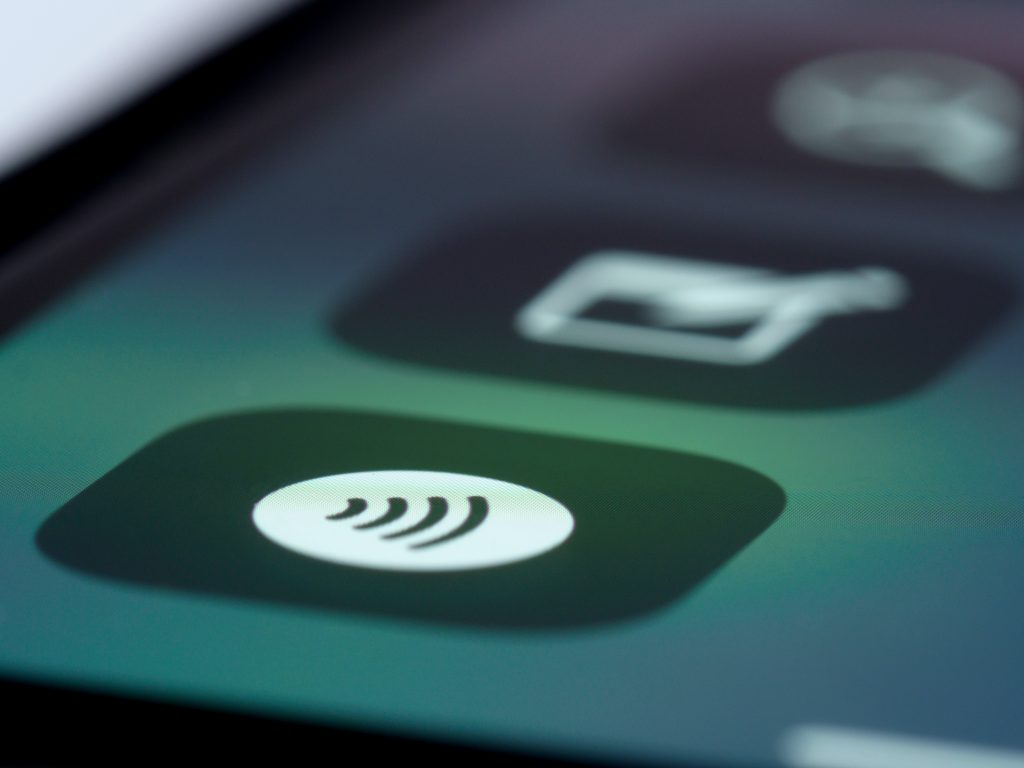
NFC quickly outgrew its original framework
It was originally designed to transfer files between phones using Android Beam contactless communication. For example, Google Nearby Share, which replaced Android Beam, and Huawei Share use NFC to configure seamless services over faster Bluetooth and Wi-Fi networks.
NFC is limited to short-range communication, which has significant security implications. The user must be 10 centimeters or less from the NFC terminal to process a payment or other communication. Another important aspect is that NFC communication does not require electricity. This allows it to be used in products that do not have a battery, such as credit cards.
We mentioned at the beginning that NFC complements other wireless technologies such as Bluetooth, UWB, Wi-Fi Direct and QR codes. One of the main advantages of NFC is the ability to establish a connection extremely quickly, which facilitates the use of IoT devices. For connection, there is no need to manually validate the connection, as is necessary for example with Bluetooth communication. On the other hand, NFC doesn't shine when maintaining a connection over long distances or for long periods of time.
How does NFC work?
NFC works through wireless tag readers, cryptographic card processing, and P2P (peer-to-peer) connectivity, which it uses for various usage scenarios.
If we use the language of standards, RFID uses the ISO/IEC 14443 and ISO/IEC 15963 standards and specifications. In layman's terms, these standards enable communication by means of magnetic field induction. In comparison, most radio devices use radio waves to transmit data. NFC transmits data at a frequency of 13.56 MHz.
An important feature of transmission via magnetic induction is that the field disappears much faster than radio waves, which is important from a safety point of view. Thus, for example, there is less chance that malicious actors can "eavesdrop" on sensitive transactions (payments, access to buildings...).
NFC also includes cryptographic processing of credit cards used for contactless payments. Public key cryptography allows the card to generate a new authentication code for each transaction without revealing the three-digit security code. This provides the cardholder with protection against eavesdropping and interception of signals.
The NFC Forum (a non-profit industry association) subsequently added P2P connectivity. Classic scenarios for the use of RFID tags involve one-way communication between card readers and RFID tags. The NFC Forum presented specifications that enable smart devices (phones, headphones, routers, industrial equipment...) to respond to NFC communication. With this, they expanded the capabilities of NFC interactions and connections. At the same time, they were very careful not to compromise existing security protocols.
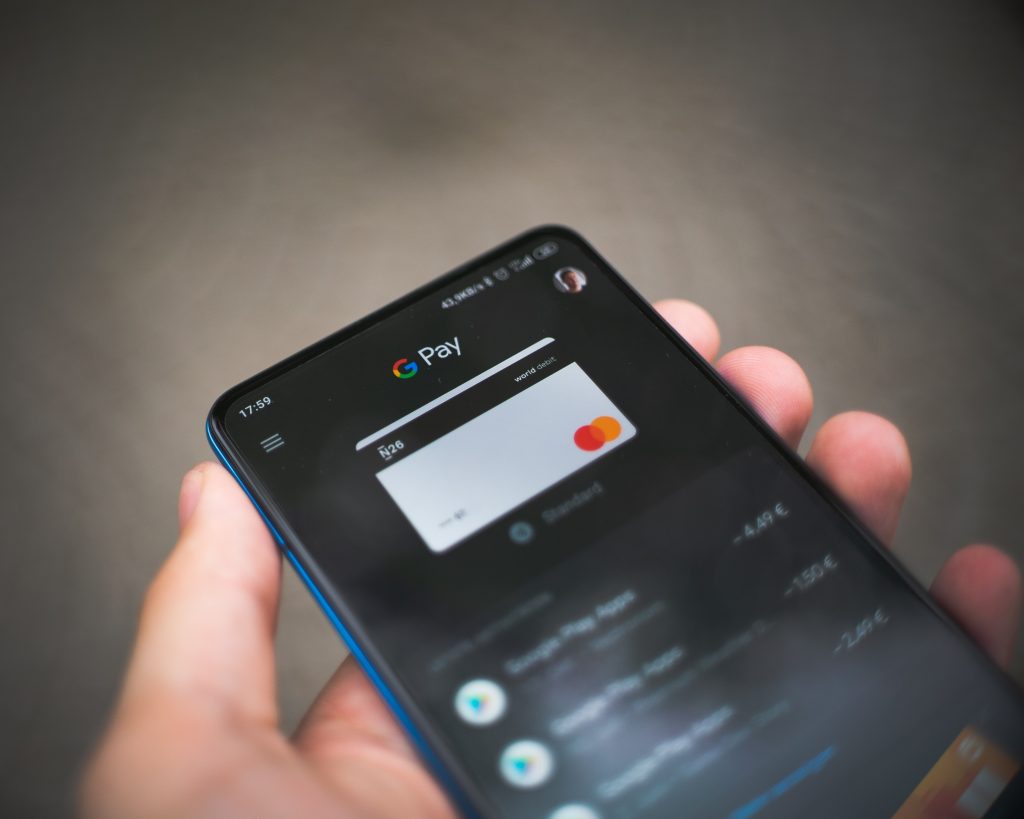
How does it compare to Bluetooth and UWB?
One of the biggest advantages of NFC is that it doesn't require pairing or manual input to establish a connection—pairing takes less than a second. In contrast, Bluetooth devices need to be paired with each other, which is a slightly longer process, but we only do this on the first connection (depending on the device).
NFC is also less energy-consuming than Bluetooth and UWB, as the transmission range is extremely short. When it comes to saving your smartphone battery, one of the first tips is to turn off Bluetooth. NFC consumes so little power that, for example, iPhone phones use it for emergencies when the phone's battery is almost empty.
Cars are increasingly using UWB for keyless entry, but at the same time it is significantly more wasteful. UWB is also more expensive, and applications that currently use NFC essentially do not need the positional accuracy that UWB provides.
Does your phone support NFC?
It is increasingly rare to find phones that do not support NFC. Manufacturers consciously decide to remove NFC connectivity for some markets due to lower demand, but this does not apply to Slovenia. If you have a newer Android phone, there is a good chance that you have the NFC feature available. Go to Quick Shortcuts and find the NFC symbol. You can also find the feature in the settings under Connectivity.
Owners of iPhones manufactured after 2015 also have access to this very useful feature.



